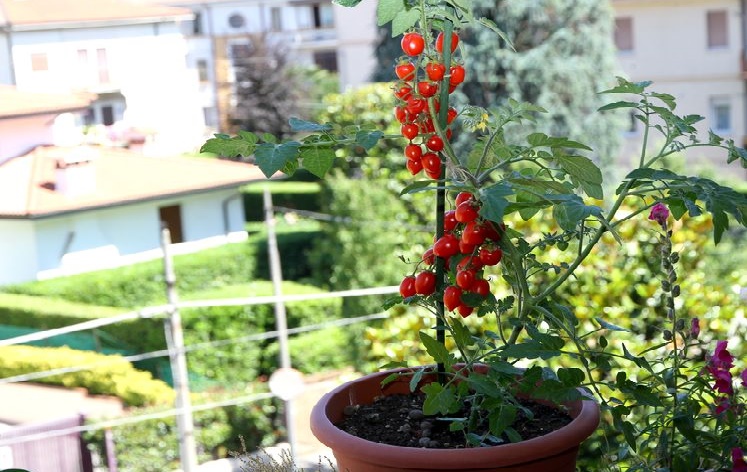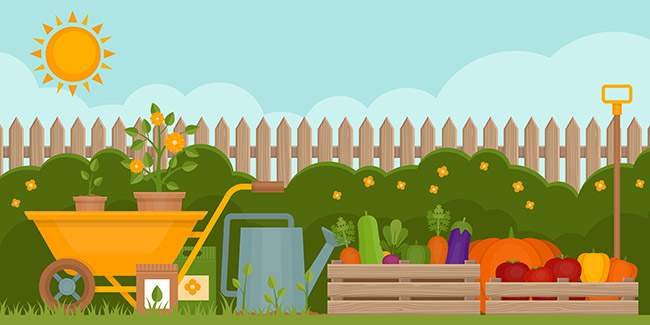The lunar phases have an influence on agriculture and in a very direct way, determining the growth of some plants more than others, vertical development or the amount of sap are some of the effects that lunar influence produces on vegetation.

Our journey on earth has left us extremely relevant information, such as the influence of the moon on agriculture. This overwhelming fact reveals how to sow successfully, depending on the lunar phases that are witnessed.
Moon phases and agriculture.
In this area, it is very common to wonder why a large number of grower’s harvest and sow considering the lunar phases?
The answer to this question lies in the experience that has taught them to sow and reap at specific times. And as it usually happens, knowledge has been inherited through the years.
full moon.
Various experts in the area affirm that when the full moon is witnessed, the growth of the height of the plants is promoted. In addition, vegetative tissues usually have more sap, this period being ideal for picking vegetables and preparing the soil.
Last quarter.
In the same way, when it is in the last quarter (moon in the shape of the letter C) the sap gathers in the underground areas so it is advisable to plant garlic, carrots, onions, radishes, various types of radishes, potatoes and vegetables with bulbs. It is also advisable to harvest some vegetables such as spinach and lettuce. In addition, in the last quarter it is convenient to graft or cut shoots and prune.
Crescent quarter.
Specifically, in the waxing quarter the moon is similar to the letter D, at this time the sap is located only in the aerial part and, in essence, this state benefits the pruning of the trees that you want to obtain more performance, in the vegetables that are They are eaten in the aerial part and are not given importance to the spike caused by the heat.
The 4 main phases of the moon.
There are 4 main phases that the moon presents, and the development of vegetation depends on them, among other direct influences of the moon on our planet.
- Moon phases: from new moon to first quarter.
In this stage, various events are usually provoked in the subsoil, highlighting the large movements of water, which clearly disturb agricultural activities. Also, the lunar light is increased and the plants usually have a balanced growth, in fact, benefits are witnessed in the root and foliage.
- Moon phases: from the first quarter to the full moon.
In this period, an increase in moonlight is noticeably observed and there is minimal root growth. Plants usually have a higher quantity and internal movements of water.
- Moon phases: from full moon to last quarter.
In this cycle a diminishing moonlight is experienced.
- Moon phases: last quarter to new moon.
This is the fourth phase of the Moon and it is when farmers are used to sowing, since this period is clearly one of adaptation for plants, they assimilate the changes better and, when the first quarter phase occurs, their development is usually more regular since they are adapted to all changes.
By analyzing this content and the research that supports this information, we will raise awareness that the moon is a great benefactor for agriculture, which is why the lunar calendar has been used for thousands of years and is still important today. Let’s consider the lunar phases as a great alternative.








